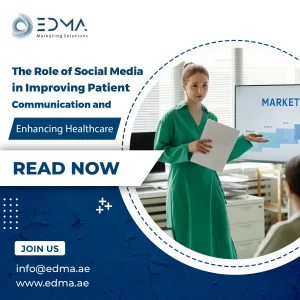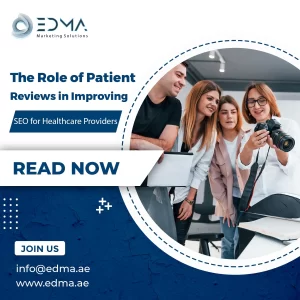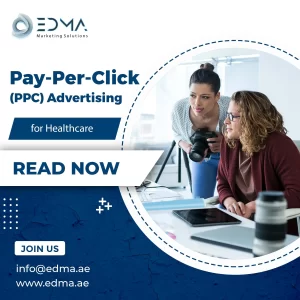In today’s digital world, content is your clinic’s best friend. Whether on Instagram, Facebook, or your website — the right content builds trust, attracts patients, and positions you as an expert in your field.
This article shares 10 simple yet powerful content ideas every doctor can use to connect with more patients and grow their practice 🚀
1. Quick Health Tips That Solve Real Problems 🧠💡
Short, actionable health tips can quickly add value for your audience.
Example: “3 Signs You Should Visit a Spine Specialist” Content ideas for doctors
Why it works: It’s helpful, easy to share, and builds your authority.
👉 Use this format in Instagram Reels, short blog posts, or Stories.
2. Answer the Questions You Hear Every Day Content ideas for doctors 💬📋
You probably hear the same concerns from patients all the time. Why not turn them into posts?
Examples:
- “Is back pain always a slipped disc?”
- “Do I need surgery for scoliosis?”
Why it works: It builds trust and shows you understand patient concerns.
💡 Pro tip: Keep the answers conversational and patient-friendly.
3. Share Real Patient Success Stories 🌟
Real stories resonate.
Example: “How Ahmed Recovered After Scoliosis Surgery 🙌”
🎯 Use photos, videos, or patient quotes (with permission).
These stories work especially well on websites and Google Business Profiles.
4. Educate Patients with Simple Comparisons 🩺📚
Help patients make informed decisions.
Example: “When to Visit an Orthopedic Surgeon vs. Physiotherapist”
Why it works: It clears up confusion and positions you as a helpful guide.
👉 Try carousels, short videos, or infographics to explain key differences.
5. Show the Human Side: A Day in the Clinic 👨⚕️📸
People love seeing the behind-the-scenes side of healthcare.
Content ideas:
- “A Day in My Life” video
- Photo stories of your clinic (no sensitive data)
Builds a personal connection
Makes your practice feel approachable
6. Post About Warning Signs & Symptoms 🚨
Grab attention with health alerts that help patients act early.
Example: “If Your Child Walks Like This, It May Be Scoliosis”
These posts drive engagement and can prompt appointment bookings.
👉 Use Instagram carousels or blog headlines for these.
7. Let Your Patients Speak for You ⭐️
Testimonials are powerful social proof.
Use:
- Google review screenshots
- Video testimonials
- Written patient quotes
Boosts credibility
Ideal for your homepage or social media
8. Answer Questions with AMA Sessions Content ideas for doctors🎤
Try a weekly “Ask Me Anything” (AMA) format on:
- Instagram Stories
- Lives
- Blog posts
🎯 This shows you’re accessible and invested in patient education.
9. Create Blog Articles That Solve Problems Content ideas for doctors ✍️
Well-written blog posts help with both SEO and patient education.
Example: “Scoliosis in Teenagers vs. Adults — What’s the Difference?”
🔗 Link related posts together to boost search visibility.
📈 Learn more in our SEO for Doctors Guide.
10. Use Reminders, Content ideas for doctors Campaigns & Seasonal Content 📅
Tie your posts to real-life events or health awareness campaigns.
Examples:
- “Back-to-School: Time for a Spine Check 🏫”
- “World Spine Day – Free Posture Check!”
Creates urgency
Encourages engagement and action
✅ Conclusion: Content Builds Patient Trust
In today’s fast-moving world, patients choose doctors they trust — and content builds that trust.
Whether it’s a helpful tip, a relatable story, or a clear answer to common concerns, your content should reflect the care you offer in real life.
🧠 Start small and stay consistent.
💬 Turn in-clinic conversations into online content.
🚀 Let your website and social media work for you — even when you’re offline.
👉 Want more ideas?
Check out our full blog at: edma.ae/blogs






